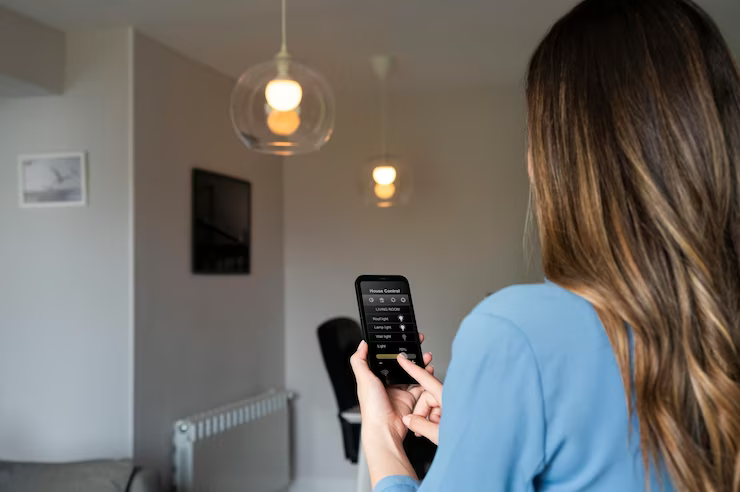As technology advances, we continue to find new ways to make our lives easier and more comfortable. One of the many ways that we have benefited from technology is through automated lighting systems. These systems have become increasingly popular in recent years, and for good reason – they offer many benefits, including increased safety and security in the home.
In this article, we will explore the various ways that automated lighting can help keep your home safe. We will discuss how these systems work, the benefits they offer, and the different types of automated lighting that are available.
Understanding Automated Lighting Systems
Automated lighting systems use sensors and timers to control the lighting in your home. These systems can be programmed to turn lights on and off at specific times, or in response to certain triggers, such as motion sensors or the opening and closing of doors. They can also be controlled remotely, using a smartphone or other device.
Benefits of Automated Lighting
Automated lighting offers several benefits when it comes to home security. Here are just a few:
Deters Intruders
Automated lighting can be programmed to turn on when it senses motion, creating the illusion that someone is home. This can be a powerful deterrent to would-be intruders, who are less likely to target a home that appears to be occupied.
Provides Peace of Mind
Automated lighting can be set to turn on and off at specific times, creating the appearance that someone is home even when you are away. This can provide peace of mind when you are on vacation or away from home for an extended period.
Saves Energy
Automated lighting systems can help you save energy by turning off lights when they are not needed. This can help reduce your electricity bill and lower your carbon footprint.
Enhances Comfort
Automated lighting can be programmed to turn on and off in response to your needs, creating a more comfortable and convenient living environment.
Types of Automated Lighting
There are several different types of automated lighting systems available, each with its own unique features and benefits. Here are a few examples:
Motion-Activated Lighting
Motion-activated lighting systems use sensors to detect movement and turn lights on and off accordingly. These systems can be used both indoors and outdoors, and can be programmed to turn on specific lights or groups of lights.
Timer-Based Lighting
Timer-based lighting systems use timers to turn lights on and off at specific times. These systems can be used to create a more natural and comfortable living environment, or to provide additional security when you are away from home.
Remote-Controlled Lighting
Remote-controlled lighting systems allow you to control your lights from a smartphone or other device. This can be especially useful when you are away from home and want to turn lights on or off to create the illusion that someone is home.
Conclusion
Automated lighting systems offer many benefits when it comes to home security. They can deter intruders, provide peace of mind, save energy, and enhance comfort. With a variety of different types of systems available, there is sure to be an option that is right for your home.
If you are interested in improving the safety and security of your home, consider installing an automated lighting system. Not only will you be able to enjoy the benefits of increased security, but you will also be able to save energy and create a more comfortable living environment.
FAQs
How do motion-activated lighting systems work?
- Motion-activated lighting systems use sensors to detect movement and turn lights on and off accordingly.
Can automated lighting systems be controlled remotely?
- Yes, many automated lighting systems can be controlled remotely using a smartphone or other device.
Will an automated lighting system save me money on my electricity bill?
- Yes, automated lighting systems can help you save energy and reduce your


